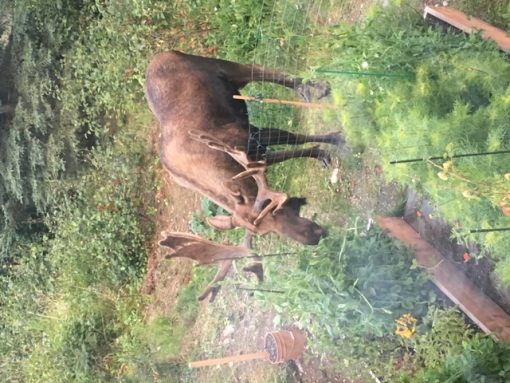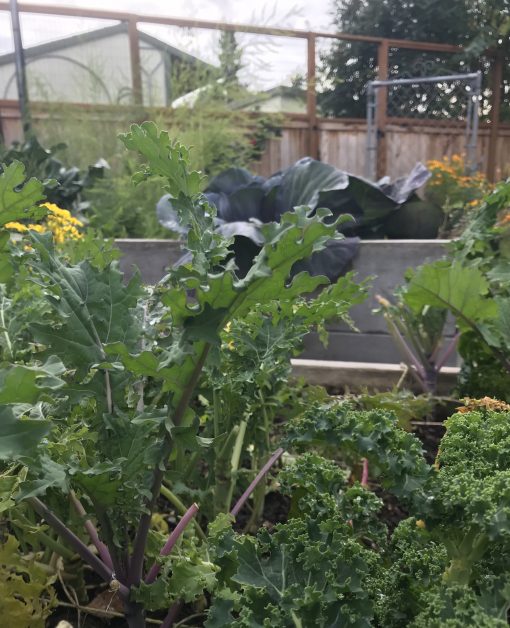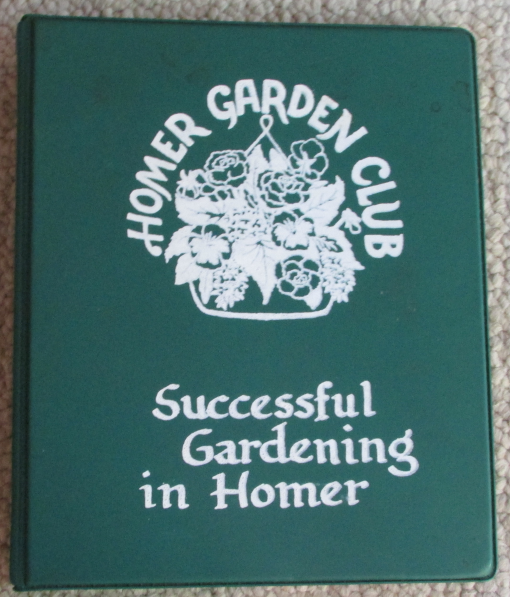
General Climate On the USDA Plant Hardiness Zones map, Seward is in zone 6b. However, there are many micro climates within the community. My garden is approximately six miles north of the nearest weather station at the Seward airport where “normals’ are for years 1908-2011. See link here. Generally, the sun warms the airport/downtown area early in the morning. But in the afternoon, the area cools off much earlier because of the wind off of Resurrection Bay and shade from the mountains to the west. My garden is shaded longer Read More …







